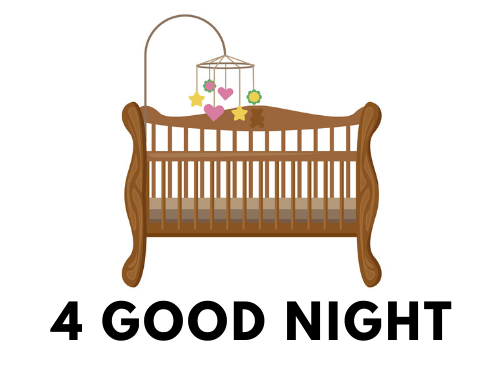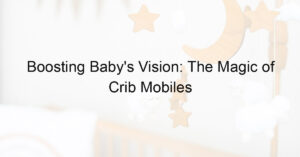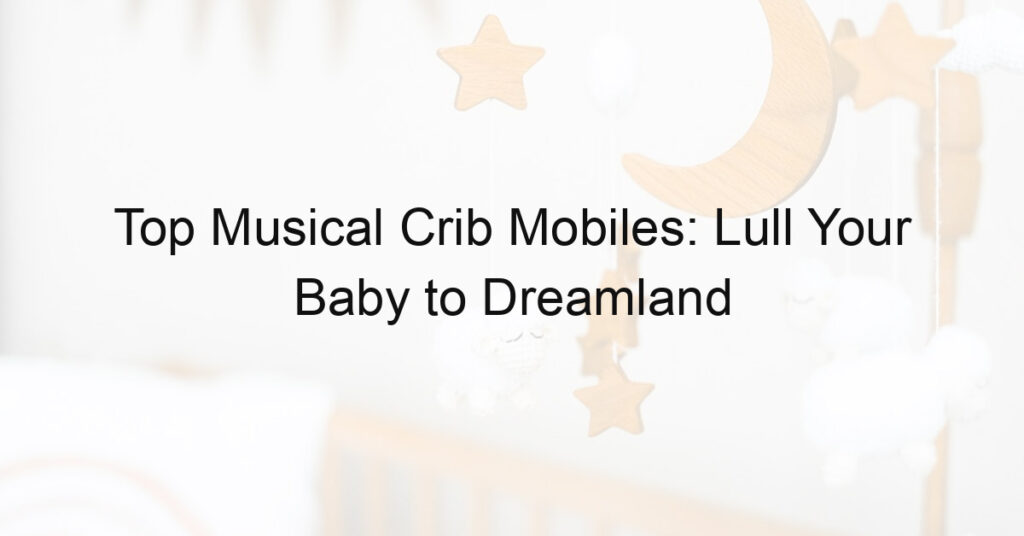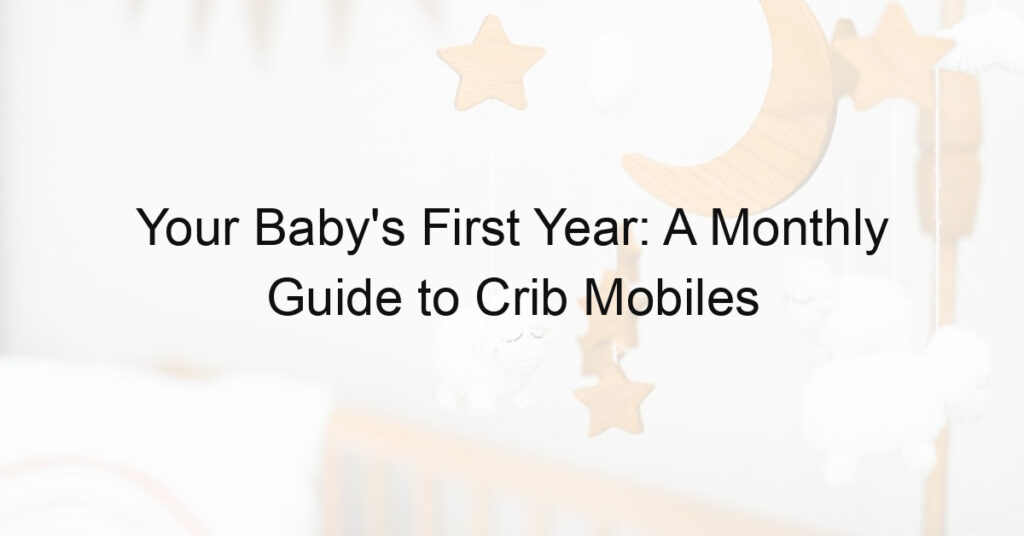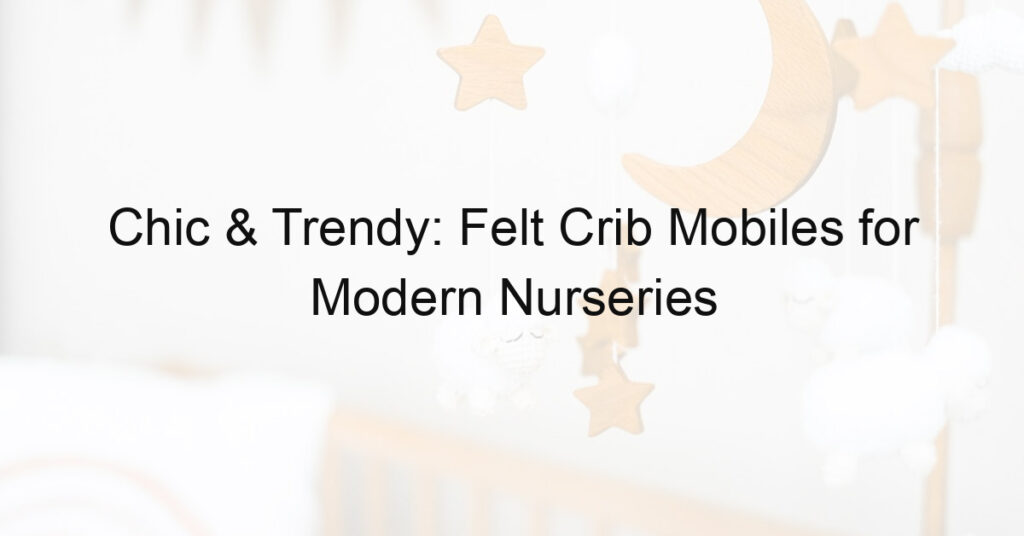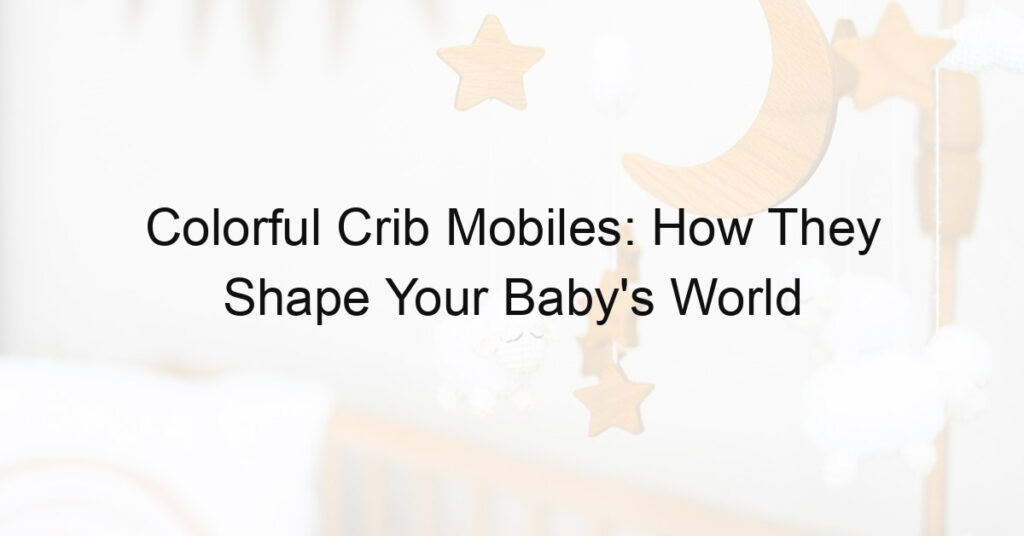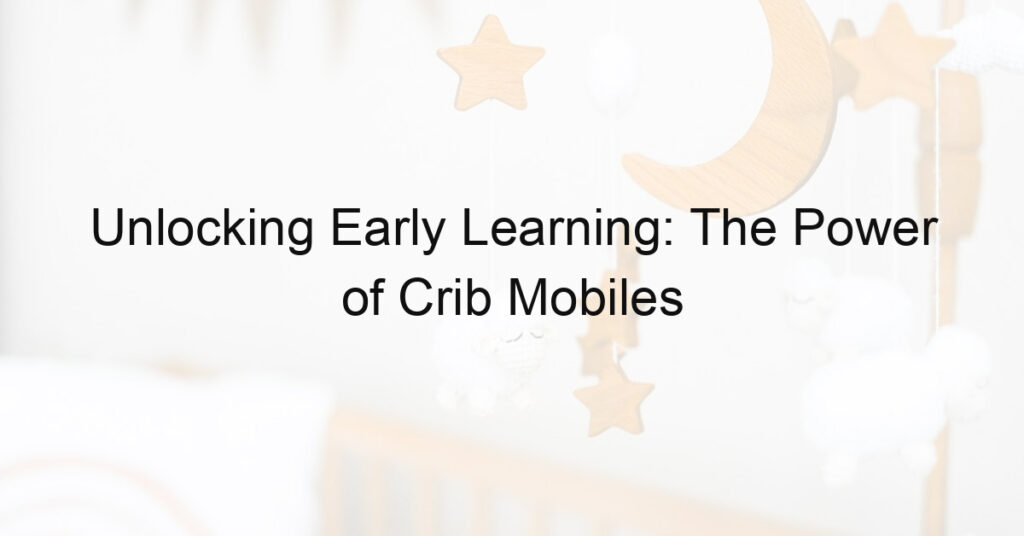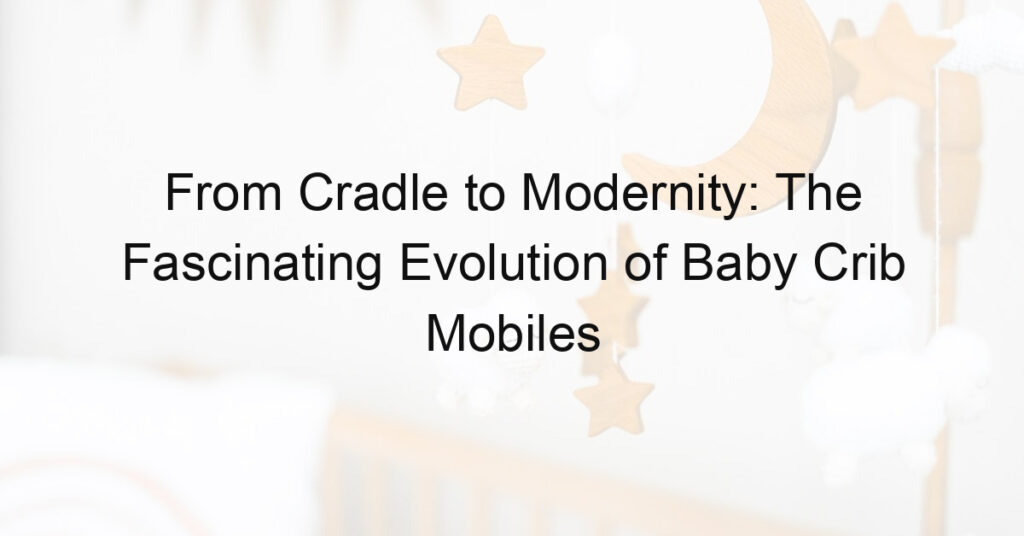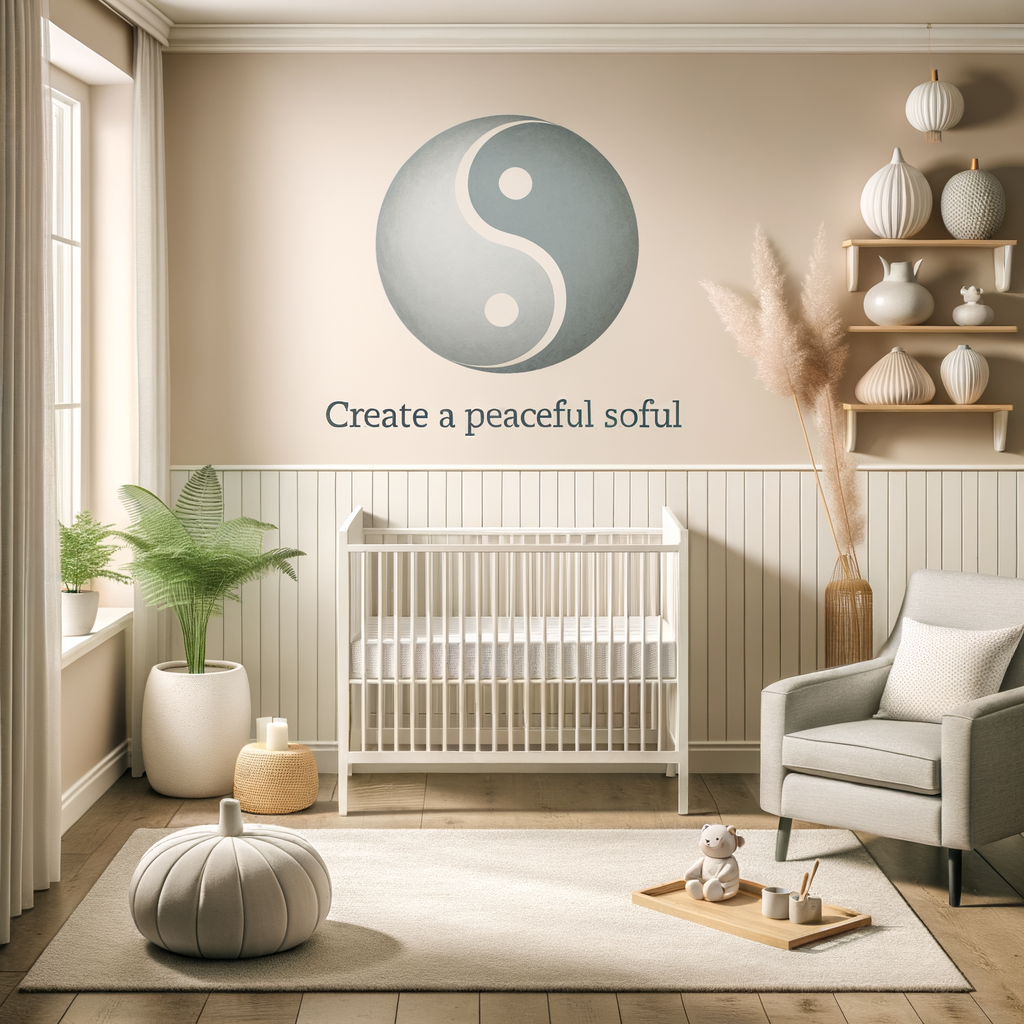
Introduction to Feng Shui Nursery Design
Welcome to our comprehensive guide on Feng Shui nursery design. This ancient Chinese practice is all about creating a harmonious environment that promotes health, happiness, and prosperity. And who wouldn’t want that for their little one?
- Understanding the basics of Feng Shui
- Importance of Feng Shui in a baby’s room
Feng Shui, pronounced as “fung shway”, is an ancient Chinese art that dates back over 3,000 years. It’s all about balancing energies in a given space to assure health and good fortune for the people inhabiting it. The term Feng Shui translates as “wind” (Feng) and “water” (Shui), two elements that flow and circulate everywhere on Earth. They are also the life force that Feng Shui seeks to balance.
Applying Feng Shui principles in a baby’s room is about creating a space that not only looks good but also feels good. It’s about creating an environment that supports your baby’s growth and development. A well-designed Feng Shui nursery can promote better sleep, stimulate learning, and create a sense of calm and security for your baby.
Throughout this guide, we will delve deeper into the principles of Feng Shui for nursery design, share practical tips on how to design a Feng Shui nursery, and provide examples of successful Feng Shui nursery designs. So, whether you’re a new parent or an experienced one looking to redesign your child’s room, this guide is for you.
Principles of Feng Shui for Nursery Design
In designing a nursery that adheres to the principles of Feng Shui, understanding the Five Elements is crucial. These elements – Wood, Fire, Earth, Metal, and Water – each carry unique energies that can influence the atmosphere of a room.
Understanding the Five Elements
Let’s delve into these elements and how they can be incorporated into your nursery design:
- Wood: The Wood element represents growth and vitality. Incorporating this element can be as simple as adding a wooden crib or shelves. Plants, which symbolize life and growth, are also an excellent representation of the Wood element.
- Fire: Fire signifies energy and passion. While a nursery should be a calming space, it can benefit from the warm energy of the Fire element. This can be introduced through the use of warm colors like reds and oranges in moderation, perhaps in artwork or a feature wall.
- Earth: Earth stands for stability and nourishment. You can bring the Earth element into your nursery by using earthy tones for your walls or rugs, or by incorporating ceramic decor items.
- Metal: Metal is associated with clarity and precision. Metal furniture or decor items can be used to introduce this element. However, ensure that these items have smooth edges to maintain a safe environment for the baby.
- Water: Water represents wisdom and serenity. Soft, flowing shapes and decor items in shades of blue can represent the Water element. Consider a water-themed artwork or a blue rug.
By understanding these elements and their significance, you can create a balanced and harmonious environment for your child’s nursery. Remember, the key is to incorporate each element subtly and in balance with the others.
Applying the Bagua Map
When designing a Feng Shui nursery, understanding and applying the Bagua map is a crucial step. The Bagua map is a fundamental tool in Feng Shui that helps us understand how different areas of a space connect to specific aspects of life. Let’s delve into how you can define and enhance the Bagua areas in your nursery.
- Defining the Bagua Areas in Your Nursery
The first step in applying the Bagua map to your nursery is defining the Bagua areas. To do this, divide your nursery into nine equal sections. Each section represents a different life area, such as health, wealth, or relationships. The layout of these areas is always the same, regardless of the shape or size of your room. For instance, the wealth area is always in the top left corner, and the love and marriage area is always in the top right corner.
Here’s a simple table to help you understand:
| Area | Location |
|---|---|
| Wealth | Top left corner |
| Love and Marriage | Top right corner |
- Enhancing the Bagua Areas with Appropriate Feng Shui Nursery Decor
Once you’ve defined the Bagua areas in your nursery, the next step is to enhance these areas with appropriate Feng Shui decor. The aim is to balance the energy in each area, creating a harmonious environment for your child.
For example, in the wealth area, you might place a piggy bank or a plant, symbolizing growth and abundance. In the love and marriage area, you could place a pair of stuffed animals to symbolize partnership and companionship.
Remember, the goal is not to clutter the nursery but to carefully select items that bring positive energy and align with the purpose of each Bagua area.
Applying the Bagua map to your nursery design can create a nurturing, balanced environment that supports your child’s growth and development. It’s a thoughtful process, but the benefits are well worth the effort.
Designing a Feng Shui Nursery
When it comes to creating a serene and harmonious environment for your baby, the ancient Chinese practice of Feng Shui can be a valuable guide. One of the most crucial aspects of this design philosophy is the choice of location for the nursery.
Choosing the Right Location
The location of your baby’s room can significantly influence the energy flow, or ‘chi’, within the space. This can impact your child’s health, happiness, and overall well-being. Let’s delve into the importance of location in nursery layout Feng Shui and explore the best locations for a Feng Shui baby room.
- Importance of location in nursery layout Feng Shui: In Feng Shui, the location of a room can determine the type of energy it attracts. For a nursery, it’s essential to choose a location that encourages calm, peaceful energy. This can help your baby sleep better and feel more comfortable in their space. A room located in a quiet part of the house, away from the main entrance or noisy street, is often considered ideal.
- Best locations for a Feng Shui baby room: According to Feng Shui principles, the best location for a baby’s room is in the ‘nurturing’ or ‘health’ areas of the home. These areas are typically found in the center or back half of the house. However, every home is unique, and the optimal location can vary. It’s recommended to consult with a Feng Shui expert to identify the best location in your specific home.
Remember, the goal of Feng Shui is to create a balanced and harmonious environment. By choosing the right location for your baby’s nursery, you’re taking the first step towards achieving this balance and providing a nurturing space for your child to grow and thrive.
Selecting Feng Shui Nursery Colors
Colors play a significant role in Feng Shui. They can influence the energy in a room and impact the mood and behavior of the people in it. When it comes to designing a nursery, selecting the right colors is crucial.
- Color significance in Feng Shui
- Choosing the right colors for your baby’s room
In Feng Shui, different colors represent different elements and energies. For example, blue is associated with the water element, symbolizing calmness and tranquility. Green represents the wood element, symbolizing growth and renewal. Yellow, the earth element, signifies stability and warmth. Red, the fire element, represents passion and energy, while white, the metal element, symbolizes purity and innocence.
When choosing colors for your baby’s room, consider the energy you want to create. For a calming and peaceful environment, consider using blues and greens. If you want to stimulate your baby’s senses and promote activity, consider using reds and oranges. However, use these colors sparingly as they can be overstimulating. For a balanced energy, consider using earth tones like yellows and browns.
Remember, the goal is to create a harmonious environment that supports your baby’s growth and development. Therefore, choose colors that you feel good about and believe will benefit your baby.
| Color | Feng Shui Element | Energy |
|---|---|---|
| Blue | Water | Calmness, Tranquility |
| Green | Wood | Growth, Renewal |
| Yellow | Earth | Stability, Warmth |
| Red | Fire | Passion, Energy |
| White | Metal | Purity, Innocence |
Furniture Placement
When designing a Feng Shui nursery, the placement of furniture plays a crucial role. It’s not just about where the pieces fit or look best, but also about how they contribute to the energy flow in the room. Let’s explore some key considerations and tips for arranging furniture in a Feng Shui nursery.
- Key considerations for furniture placement
- How to arrange furniture for optimal energy flow
The first step in arranging furniture in a Feng Shui nursery is understanding the room’s layout. The crib should be placed in a “command position,” which means it should be located diagonally opposite the door, but not directly in line with it. This position allows the baby to have a clear view of the door, promoting a sense of security and control.
Another important consideration is to avoid placing the crib under a window or heavy objects like shelves, as they can disrupt the baby’s energy. Also, ensure that there is enough space around the furniture for easy movement and cleaning.
To achieve optimal energy flow, start by placing the crib as mentioned above. Next, consider the placement of other furniture pieces. The changing table should be placed in a convenient and comfortable spot, preferably with a view of the door. The rocking chair or feeding chair should be positioned in a calm and quiet corner of the room.
Remember, clutter disrupts energy flow. Therefore, include enough storage options to keep the room tidy. A well-organized room not only makes it easier for you to find things but also promotes positive energy flow.
In conclusion, furniture placement in a Feng Shui nursery is about balancing functionality and energy flow. By considering these tips, you can create a harmonious and nurturing environment for your baby.
Feng Shui in Children’s Rooms
As your child grows, their room should evolve with them. It’s not just about updating the decor or furniture, but also about maintaining a harmonious and balanced environment. This is where the principles of Feng Shui come into play. Feng Shui is an ancient Chinese practice that focuses on arranging your surroundings in harmony and balance with the natural world. By applying these principles to your child’s room, you can create a space that promotes growth, learning, and happiness.
Adapting Feng Shui Principles as Your Child Grows
Adapting Feng Shui principles as your child grows involves two main steps:
- Transitioning from a nursery to a child’s room: As your child outgrows their nursery, it’s important to redesign their room to suit their growing needs. This includes choosing appropriate furniture, colors, and layout. According to Feng Shui, the bed should be placed in a commanding position, which means it should be positioned so that the child can see the door from the bed without being directly in line with it. The color scheme should be calming and promote focus, such as earth tones or soft pastels.
- Continuing to apply Feng Shui principles for harmony and balance: As your child grows, the principles of Feng Shui remain the same, but their application may change. For example, the study area becomes more important as your child starts school. This area should be well lit and free from distractions. The principles of Feng Shui also recommend keeping the room clutter-free to promote a sense of calm and focus.
By adapting Feng Shui principles as your child grows, you can create a room that not only meets their changing needs but also promotes a sense of balance and harmony. Remember, the goal of Feng Shui is to create a positive flow of energy, or chi, which can contribute to your child’s well-being and success.
| Age | Key Feng Shui Principles |
|---|---|
| 0-3 years | Focus on safety, comfort, and soothing colors. |
| 4-7 years | Introduce a study area, maintain a clutter-free environment. |
| 8-12 years | Encourage independence, introduce personal elements, maintain balance and harmony. |
Case Studies: Feng Shui Nursery Design
Let’s take a look at some real-life examples of how Feng Shui principles can be applied to nursery design. These case studies will provide you with practical insights and ideas for your own nursery design project.
- Case Study 1: Transforming a Cluttered Nursery
- Case Study 2: Incorporating Feng Shui in a Small Space
In this case, a family had a nursery that was cluttered with toys, clothes, and furniture. The room felt chaotic and disorganized, which is not conducive to a peaceful environment for a baby. The family decided to apply Feng Shui principles to transform the space.
First, they decluttered the room, removing unnecessary items and creating clear pathways for energy to flow. They then placed the crib in the “command position,” which is the spot farthest from the door but still in a position to see the entrance. This position is believed to provide a sense of security and control.
They also used color and artwork carefully. They chose calming colors like soft blues and greens, and they selected artwork that was uplifting and positive. The result was a peaceful, harmonious nursery where the baby could rest and grow.
In this example, a couple was expecting their first child and living in a small apartment. They wanted to create a nursery area in their bedroom that would be peaceful and supportive for their baby, but they had limited space to work with.
They started by choosing a corner of the room for the nursery area. They used a screen to separate this area from the rest of the room, creating a sense of a separate space. They placed the crib in the command position and used a round rug to define the nursery area.
They chose soft, calming colors and included a few key pieces of furniture: a crib, a changing table, and a comfortable chair for feeding and cuddling the baby. They also used mirrors to expand the space visually and bring in more light. The result was a cozy, nurturing space that felt much larger than it actually was.
These case studies show that with some creativity and careful planning, you can apply Feng Shui principles to create a nurturing and supportive environment for your baby, no matter the size or layout of your space.
Conclusion: Key Takeaways for Your Feng Shui Nursery Design
As we conclude, let’s revisit the essential principles and practical tips for creating a Feng Shui nursery. This knowledge will guide you in creating a balanced and harmonious environment for your baby.
- Recap of Feng Shui principles for nursery
Feng Shui, an ancient Chinese practice, is all about balancing energy or ‘chi’ to promote health, happiness, and prosperity. When applied to a nursery, these principles can create a nurturing and calm environment for your baby. Here are the key principles we discussed:
- Command Position: The crib should be placed diagonally opposite the door, but not directly in line with it.
- Five Elements: Incorporate the five elements of Feng Shui – wood, fire, earth, metal, and water – in the room’s design.
- Clutter-Free: Keep the room clean and clutter-free to allow free flow of positive energy.
- Soft Edges: Opt for furniture with soft edges to prevent ‘poison arrows’ that disrupt the flow of chi.
- Practical baby room Feng Shui tips
Now that we’ve recapped the principles, let’s look at some practical tips to implement Feng Shui in your baby’s nursery:
- Color Choice: Choose soothing colors like pastels, which promote calmness and relaxation.
- Natural Light: Allow plenty of natural light into the room during the day, but ensure it’s dark and quiet at night for a good sleep.
- Safe Materials: Use natural, non-toxic materials wherever possible to promote a healthy environment.
- Personal Touch: Add personal touches like family photos or baby’s artwork to enhance the feeling of love and warmth in the room.
Remember, the goal of Feng Shui is to create a harmonious and balanced environment. With these principles and tips, you’re well on your way to creating a nurturing and positive space for your little one.
